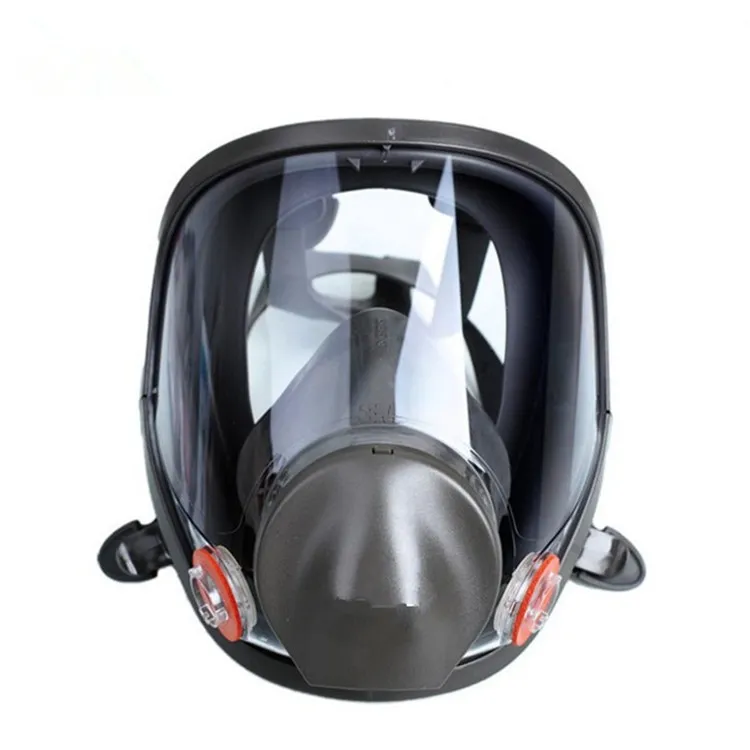The Evolution of Gas Masks: From WWI to Modern Safety Gear
2024-08-20
Introduction
Gas masks have played a crucial role in protecting individuals from harmful airborne substances for over a century. Initially developed as a response to chemical warfare during World War I, gas masks have evolved into sophisticated safety gear used by military personnel, emergency responders, and civilians alike. This blog explores the fascinating history and evolution of gas masks, highlighting their importance in various contexts.

The Birth of the Gas Mask: A WWI Necessity
The modern gas mask was born out of the horrors of World War I when chemical warfare became a terrifying reality. Chlorine gas, phosgene, and mustard gas were among the deadly chemicals unleashed on the battlefield, causing devastating injuries and deaths. Soldiers needed immediate protection, leading to the development of the first rudimentary gas masks.
- Early Designs: The earliest gas masks were simple, often made from cotton pads soaked in chemicals to neutralize the gas. These masks provided limited protection and were uncomfortable to wear for extended periods.
- Improved Models: As the war progressed, more effective designs emerged, featuring filters made from activated charcoal and other materials. These masks were better at filtering harmful gases and allowed soldiers to breathe more easily.
Post-War Developments and Civilian Use
After World War I, the use of gas masks extended beyond the military. The threat of chemical attacks during World War II led to widespread distribution of gas masks to civilians in many countries, especially in Europe.
- Civil Defense: Governments issued gas masks to the public as part of civil defense measures. Schools, homes, and public spaces were equipped with masks to protect against potential air raids.
- Industrial Use: Gas masks also found applications in industries where workers were exposed to hazardous chemicals. These masks were designed to filter out toxic fumes and particles, ensuring the safety of workers in environments such as chemical plants and mines.
Modern Gas Masks: Advanced Protection for Today’s Challenges
Today, gas masks have become highly advanced, offering protection against a wide range of airborne threats, from chemical and biological agents to particulate matter and smoke.
- Military and Law Enforcement: Modern military gas masks are equipped with sophisticated filtration systems that protect against chemical, biological, radiological, and nuclear (CBRN) threats. Law enforcement agencies also use gas masks in situations involving tear gas or other riot control agents.
- Emergency Responders: Firefighters, paramedics, and other emergency responders use gas masks to protect themselves from smoke, toxic fumes, and airborne pathogens during rescue operations.
- Civilian Preparedness: In some regions, civilians keep gas masks as part of their emergency preparedness kits, especially in areas prone to natural disasters, industrial accidents, or the threat of chemical attacks.
Key Features of Modern Gas Masks
Modern gas masks are designed with user safety and comfort in mind, incorporating several key features:
- Advanced Filters: High-efficiency filters capable of blocking a wide range of harmful substances, including chemical agents, biological contaminants, and radioactive particles.
- Comfort and Fit: Adjustable straps, flexible materials, and ergonomic designs ensure a secure and comfortable fit, allowing users to wear the mask for extended periods.
- Visibility: Clear, impact-resistant visors provide a wide field of vision, crucial for military personnel and first responders in high-stress situations.
- Communication Systems: Some gas masks are equipped with built-in communication devices, enabling users to stay in contact with their team while wearing the mask.
Conclusion
From their origins in the trenches of World War I to their role in modern safety and defense, gas masks have proven to be an indispensable tool for protection against airborne threats. The evolution of gas masks reflects advances in technology and the ongoing need to safeguard individuals in a world where chemical, biological, and environmental hazards continue to pose serious risks. Today’s gas masks represent the pinnacle of this development, offering reliable and comprehensive protection for both military and civilian use.


